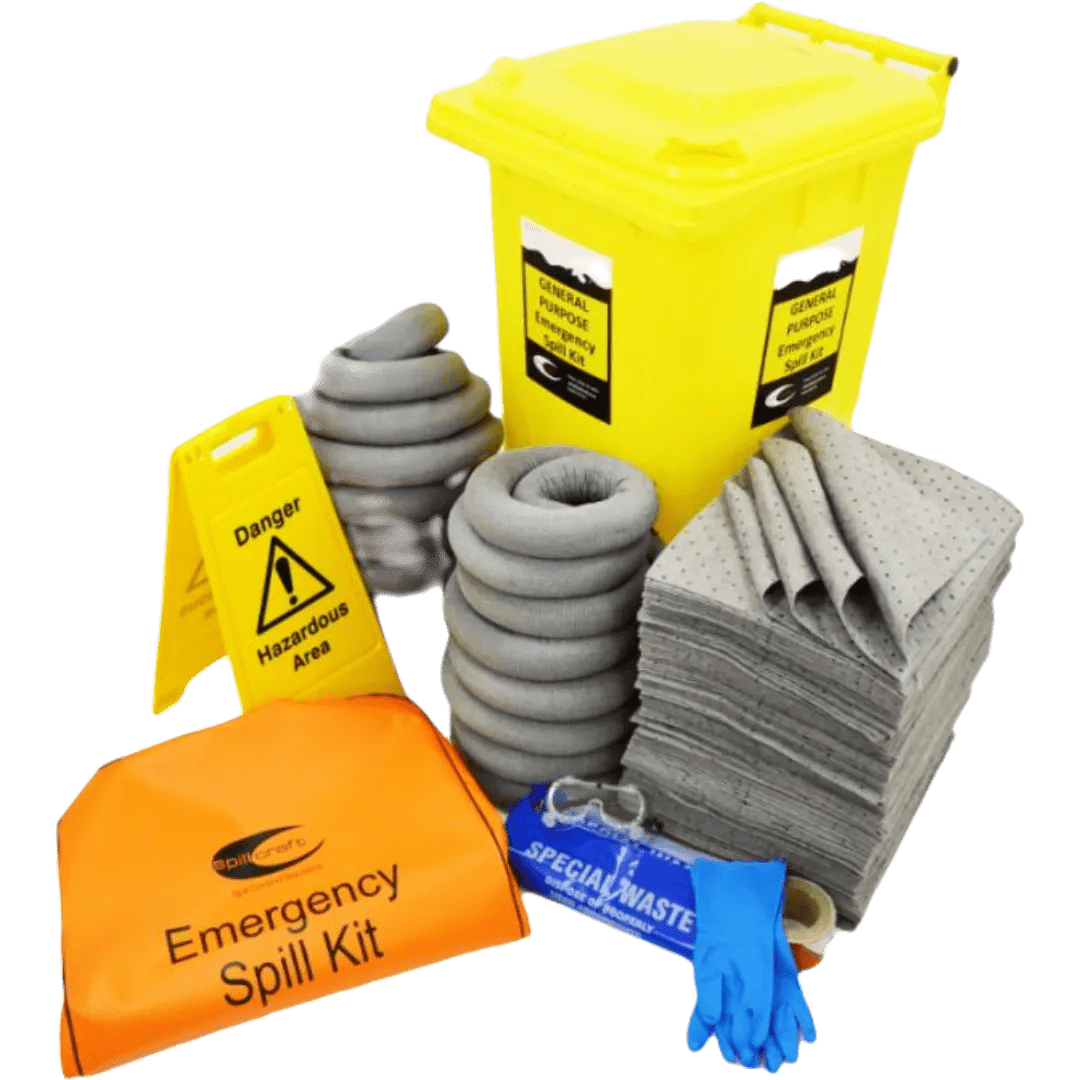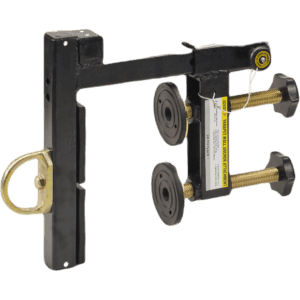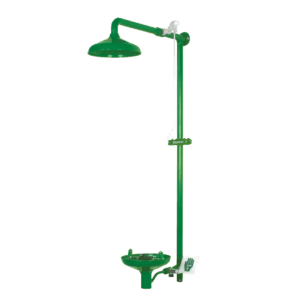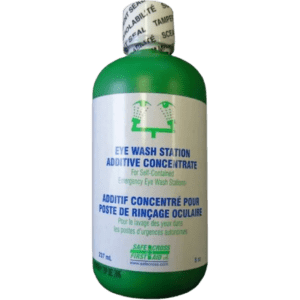Spill kits are essential safety equipment for workplaces that handle hazardous materials, chemicals, or oils. These kits contain all the necessary tools and materials for quickly containing and cleaning up spills before they cause harm to the environment or create a safety hazard. A typical spill kit includes absorbent materials (pads, socks, or booms), disposal bags, gloves, and instruction manuals. The size and contents of a spill kit will vary depending on the volume of materials handled and the types of potential spills. Spill kits must comply with regulations such as OSHA and SASO 2252 to ensure proper containment and cleanup of hazardous substances.
Key Features:
- Comprehensive Containment: Includes absorbent materials and tools to contain, clean, and dispose of hazardous spills.
- Portable: Easy to transport to the site of the spill for quick response.
- Environmentally Safe: Designed to handle chemical, oil, and general spills without harming the environment.
- Complete Cleanup Solution: Often includes PPE (personal protective equipment) like gloves, goggles, and aprons for the user.
Types and Standards:
- Universal Spill Kits: For general spills, including oils, chemicals, and water-based liquids.
- Oil-Only Spill Kits: Designed specifically for oil or hydrocarbon-based spills.
- Chemical Spill Kits: Contains materials suited for handling hazardous chemicals and acids.
- OSHA, SASO 2252: Standards that govern the composition and use of spill kits in workplace settings.
Brands Available:
Brady, 3M, Uline, *SpillTech
*, and Enpac offer a range of spill kits that are designed to meet workplace safety needs and regulatory requirements.
General Maintenance:
Regularly check the contents of the spill kit to ensure it’s fully stocked and that no items are expired. Replace any used or damaged items immediately. Store the spill kit in a clean, accessible location and ensure that employees are trained on how to use the kit effectively in the event of a spill.





